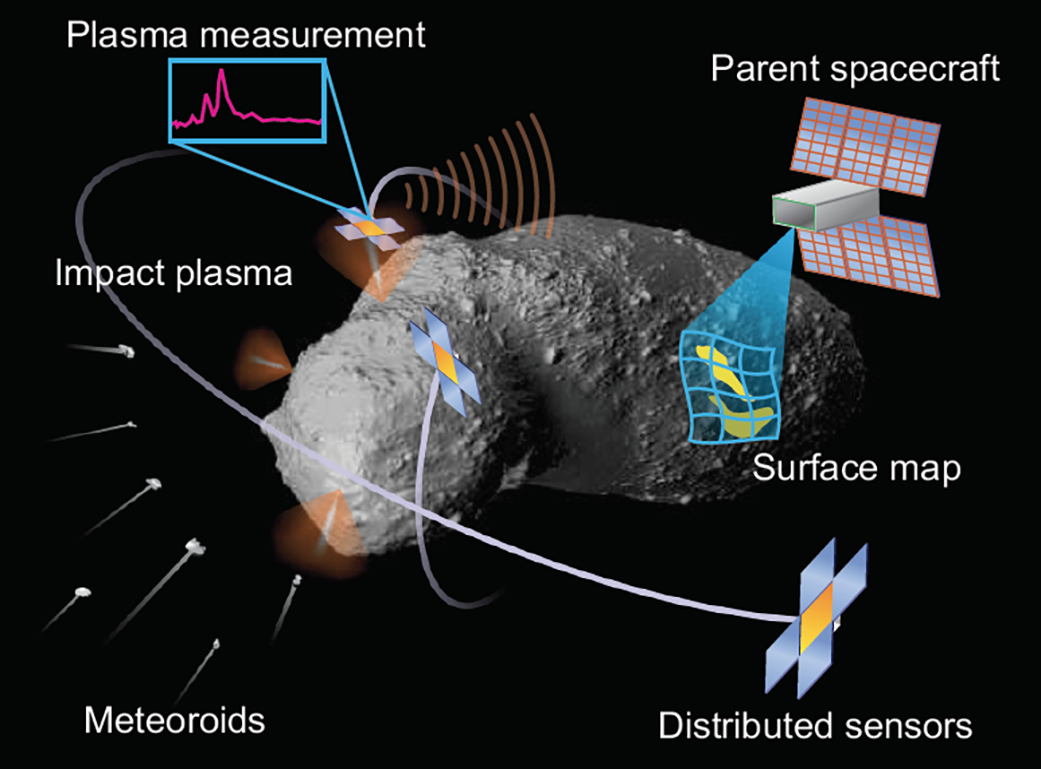Sigrid Close
Stanford University
Asteroids contain a wealth of resources including water and precious metals that can be extracted. These resources could be applied to in-space manufacture of products that depend less on material launched from Earth’s surface. Within the next few decades, we will likely have the technological capability to retrieve asteroids and bring them to a processing facility near Earth, or to send a processing facility to the asteroid to extract the resources on site. However, a substantial investment is required to accomplish either task. The Meteoroid Impact Detection for Exploration of Asteroids (MIDEA) concept leverages the natural space environment to provide a source of meteoroid impacts, resulting in erosion of the material on the asteroid surface. The material excavated by a meteoroid impact includes solid and molten ejecta, but some of this material is vaporized and ionized, forming a plasma that expands into the environment around the asteroid. This plasma expands outward into space and provides information on the composition of the asteroid surface. MIDEA enables a mission to a 100 to 1000 m near-Earth asteroid (NEA) using a parent spacecraft in the 10 to 50 kg range, carrying a constellation of ten or fewer free-flying sensors that are each approximately 100 g in mass. At this low mass scale, many such missions could be launched in parallel to different asteroids, performing a broad survey of potential targets prior to a dedicated in situ resource utilization (ISRU) mission.






























